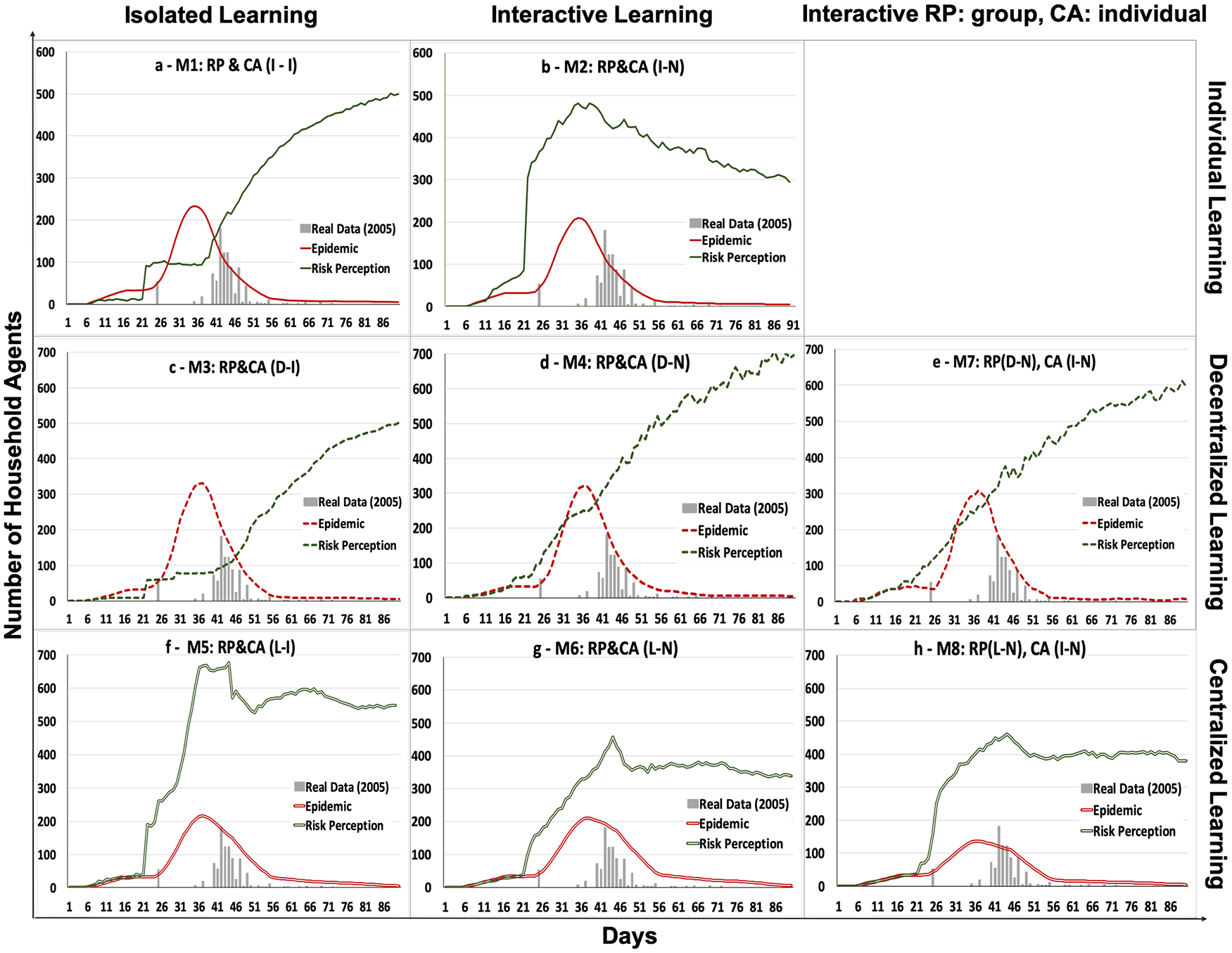ISI Journal Paper -
Risk perception and behavioral change during epidemics: Comparing models of individual and collective learning

ISI Journal Paper -
Risk perception and behavioral change during epidemics: Comparing models of individual and collective learning
All relevant data are available at 10.6084/m9.figshare.11369394 and 10.6084/m9.figshare.11369436.
- Shaheen A. Abdulkareem,
- Ellen-Wien Augustijn,
- Tatiana Filatova,
- Katarzyna Musial,
- Yaseen T. Mustafa
Modern societies are exposed to a myriad of risks ranging from disease to natural hazards and technological disruptions. Exploring how the awareness of risk spreads and how it triggers a diffusion of coping strategies is prominent in the research agenda of various domains. It requires a deep understanding of how individuals perceive risks and communicate about the effectiveness of protective measures, highlighting learning and social interaction as the core mechanisms driving such processes. Methodological approaches that range from purely physics-based diffusion models to data-driven environmental methods rely on agent-based modeling to accommodate context-dependent learning and social interactions in a diffusion process. Mixing agent-based modeling with data-driven machine learning has become popular. However, little attention has been paid to the role of intelligent learning in risk appraisal and protective decisions, whether used in an individual or a collective process. The differences between collective learning and individual learning have not been sufficiently explored in diffusion modeling in general and in agent-based models of socio-environmental systems in particular. To address this research gap, we explored the implications of intelligent learning on the gradient from individual to collective learning, using an agent-based model enhanced by machine learning. Our simulation experiments showed that individual intelligent judgment about risks and the selection of coping strategies by groups with majority votes were outperformed by leader-based groups and even individuals deciding alone. Social interactions appeared essential for both individual learning and group learning. The choice of how to represent social learning in an agent-based model could be driven by existing cultural and social norms prevalent in a modeled society.
Citation Information
Abdulkareem SA, Augustijn E-W, Filatova T, Musial K, Mustafa YT (2020) Risk perception and behavioral change during epidemics: Comparing models of individual and collective learning. PLoS ONE 15(1): e0226483. https://doi.org/10.1371/journal.pone.0226483
3.7